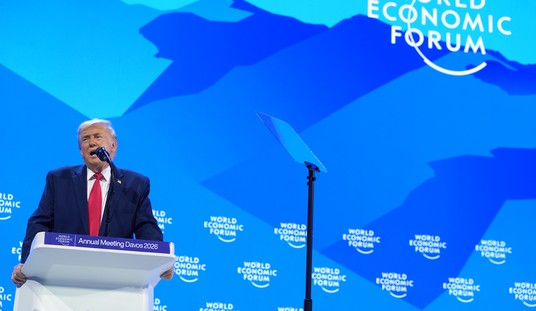I’ve been asked to give some basic perspective on what the Fed’s “quantitative easing” actually is. Since writing this piece, I’ve become more convinced that I was on the right track.
So far, three different QE models have been observed in the wild: the Japanese (2001-06), the British (2008-09), and Bernanke I (2008-10). We’re about to see Bernanke II. All of them are forms of monetary accommodation (“easy money”), exactly as lowering short-term interest rates is.
The specific objectives and techniques vary, and these depend somewhat on the “style” of the monetary authority. For example, the Brits and Euros tend to target monetary aggregates like M2 and M3, while the Fed likes to look at consumer-inflation measures like CPI.
They call it “quantitative” easing because the mechanism involves increasing the quantity of money flowing through the economy. This isn’t the same as increasing the amount of reserves in the banking system (which is what you might do if you were concerned about impaired liquidity). We did the latter in huge amounts in 2008, and it did nothing to improve the overall economy. I’m referring to this distinction when I talk about “bank money” as opposed to “economy money.”
The simplest way for me to express the problem with QE is that it may be mistaking the effect for the cause. If you have a fever, you probably have an infection that caused it. Does it accomplish anything to reduce the fever (which you could do with aspirin or an ice bath)? Or should you be targeting the infection instead?
So if we somehow increase the amount of money in the real economy, will everything magically get better? Or is monetary velocity low for some other, underlying reason?
If the latter is true, then the reason is quite likely to be microeconomic in nature (maybe consumers are worried about their future earning power). If so, then treating it with macroeconomic tools is something like attacking an infection by trying to lower the fever.
Expectations matter TREMENDOUSLY. The Fed wanted nothing about this to be a surprise. For months they went out of their way to choreograph the move, publishing unusually large amounts of dissenting views from inside the Fed itself (not just the occasional sour remark from Hoenig or Lacker). To calm inflation fears, they even did a live-fire exercise to show they could damp it out (this was the unusual 28-day reverse repo completed by the NY Fed a few weeks ago, involving the securities likely to be used in QE2).
And they’ve also been running about $6 billion/week in new POMOs since late August, a continuing operation that exactly coincides with the current stock market rally. If you’re trying to pump the stock market, QE is quite likely to work.
According to the state-of-the-art “New Keynesian” models, microeconomic behavior is STRONGLY influenced by what people expect policymakers to do, and what they predict medium-term inflation and taxes will be. It’s also not considered enough to just announce policy moves. You also have explain the rationale and the dissenting views. That’s why the Fed are trying to be as open as possible about this.
They’ve also been open about the channel through which they hope all this will work: a “wealth effect” created by rising stock prices. In all candor, it just blows my mind that they think this is going to fly, and that tells me it’s a desperation move.
Nothing says it’s going to be the US stock markets that will absorb the newly-created Bernanke Dollars. What if they go sloshing into China and fuel a burst of consumer-commodity inflation there?
Markets are responding, of course, by baking in expectations of future inflation, asset-price volatility, and even higher consumer prices for things like food and fuel. It’s not impossible that the result of all this will be stagflation.
A word about the mechanism: if all you have is a hammer, the world looks like a nail. The Fed’s hammer is an open-market desk in New York City through which they can buy or sell fixed-income securities under well-defined conditions. So they’re going to “print money” by buying up outstanding Treasury debt. (By identity, whenever the Fed buys anything, money is created. Whenever they sell something, money is extinguished.)
The Treasury could put money into the economy more directly by broadly cutting taxes or increasing deficit spending. Politically, those are non-starters. So the Fed is all we have left.
And in any case, you’re still using macro tools to solve a micro problem. Treating the fever instead of the infection.













Join the conversation as a VIP Member